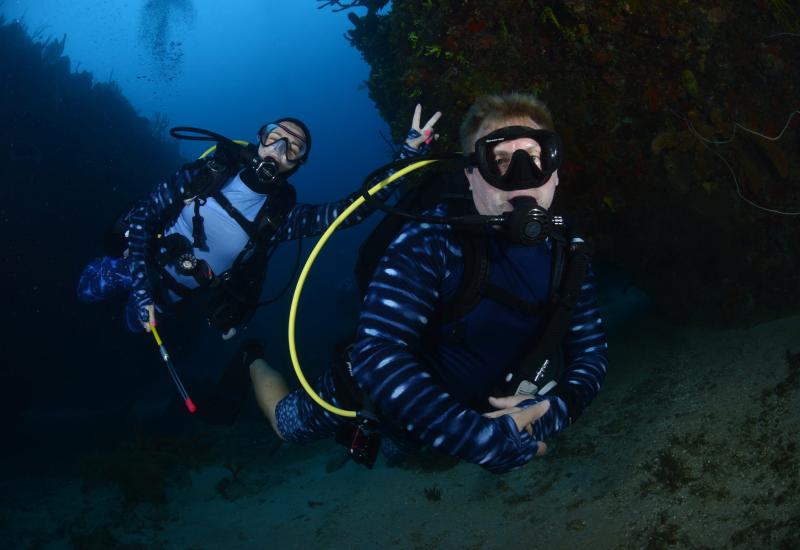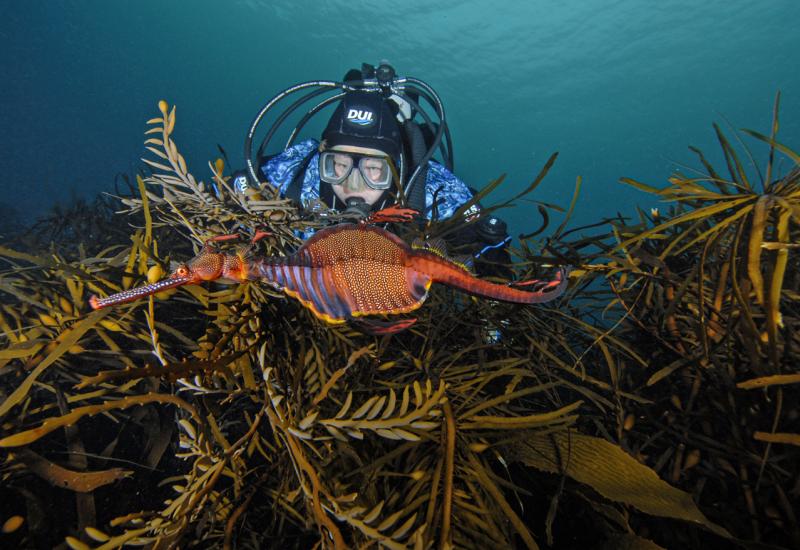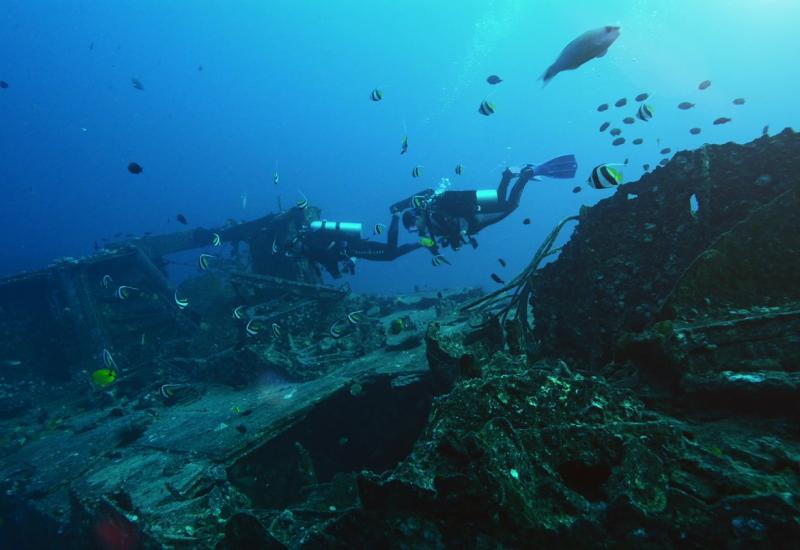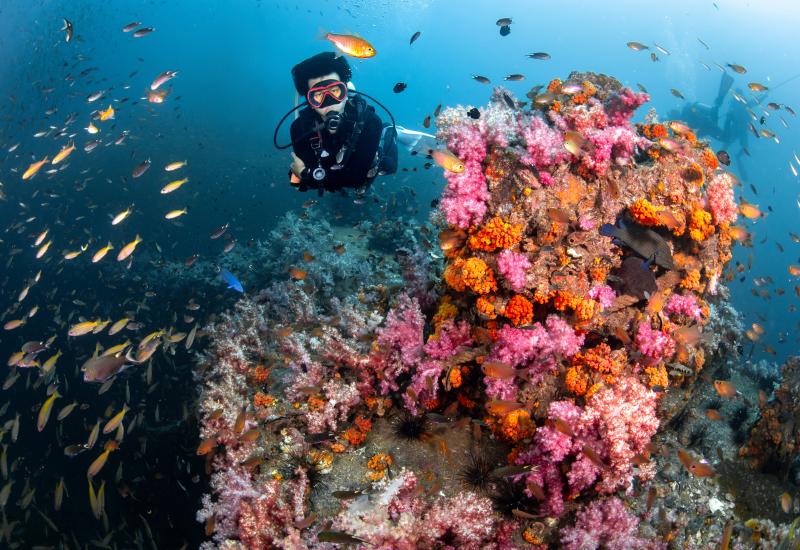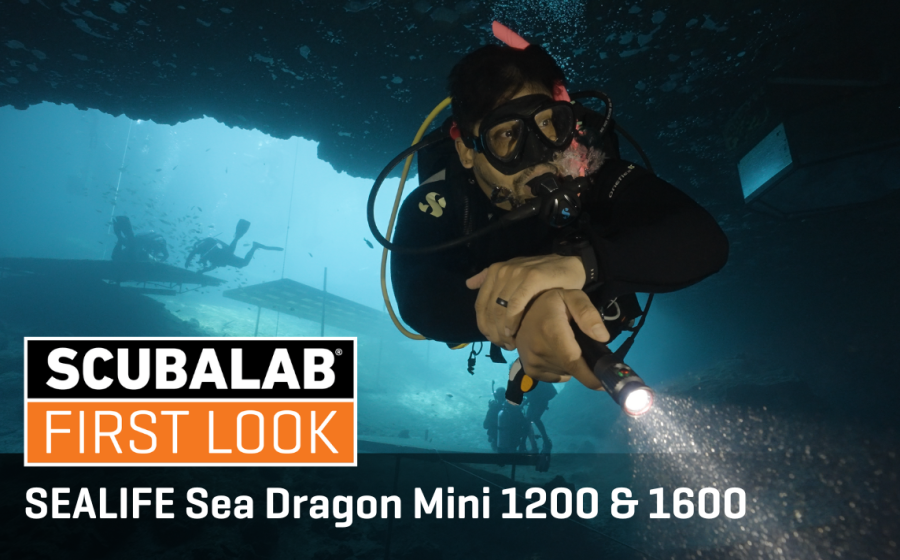15 Insane Underwater Photos of the Deadliest Animals in Brazil
"Brazil is full of monsters. In the mighty Amazon, the vast spiderweb of writhing rivers and impenetrable bogs live giant snakes, vicious piranhas, prehistoric reptiles, mysterious shapeshifters and other fearsome creatures. For intrepid divers, it’s the modern equivalent of the first Western explorers’ grand adventures. Twenty years into my career as a marine photographer, it was high time to try something new: fresh water. Where better than Brazil? My chance for an epic journey of discovery..."
Read the full story behind this photographer's adventure of a lifetime

Brandon ColeIn Brazil, the local word for anaconda is Sucuri — and they can grow up to 25 feet in length. In the mighty Amazon, the vast spiderweb of writhing rivers and impenetrable bogs live vicious piranhas, prehistoric reptiles, mysterious shapeshifters and other fearsome creatures.

Brandon Cole"The snake is almost four times as long as I am tall. Its slick chestnut scales glisten with an iridescent sheen, shifting from metallic blue to green to yellow. Beautiful. A forked tongue flicks like a bolt of purple lightning. Sinister."

Brandon Cole"My wife, Melissa, ever the brave, curious sort, beats me into position and glides in close to the sucuri (the native word for anaconda) for a proper inspection — fascination obviously trumping fear."

Brandon ColeWith a boxy, lumpy profile in stark contrast to their cousins’ stereotypical svelte form, and small, beady eyes that appear almost an evolutionary afterthought, the Amazon river dolphin won’t steal hearts with dashing good looks.

Brandon ColeWhereas the anaconda was aloof, the botos are downright gregarious, and local legend claims river dolphins take human form at night to seduce women.

Brandon ColeThe boto’s pink is a result of their thin skin that allows the color of blood to be seen through the dermis.

Brandon ColeRapids in the Rio Olho d’ Agua force a short portage to reach what our guide calls the “sand volcano.” Like an underwater Krakatoa, the jet of warm water gushing from the Earth’s core boils and churns the sand in an endless eruption.

Brandon ColeThe Rio Olho d’ Agua is a spring-fed river in the southwestern Bonito region of Brazil and is home to more than 60 species of fish.

Brandon ColeThe Rio Claro — and just about every other river, pond and waterhole in the Pantanal — is filthy with the shifty-eyed reptiles. Some are skittish, but this 6-foot jacare caiman is bold — aggressive.

Brandon ColeArapaima, one of the largest freshwater fish, can also breathe air.

Brandon ColeFor divers used to the sea, exploring freshwater sites brings with it wild new creatures, new photo subjects, but also new challenges. Local guides can help navigate linguistic hurdles, keep you safe when it comes to potentially hostile natives (piranhas, caimans, bugs, etc.), and arrange travel, permits, access, and more.

Brandon ColeGreen-winged macaws are one of Brazil’s nearly 1,000 macaw species.

Brandon ColeThe Pantanal is the world’s largest wetland, so even though our regs are on holiday, we’re still in contact with água doce.

Brandon ColeNoble jaguars — normally very reclusive — are often sighted along the banks of the Cuiaba river, and we are lucky to spot many peering out from the dense foliage, lazing along water’s edge.

Brandon ColeGiant river otters that can grow to up to six feet long in the Rio Olho d’ Agua.
DIVE AND SNORKEL OPERATORS
Amazonia
- Pink river dolphin sessions, jungle tours, and accommodations at the Ariau Amazon Towers Hotel
Bonita
- Drift Snorkeling down the Olho d’ Agua and Rio da Prata
- Scuba diving in Lagoa Misteriosa
- Scuba diving in Abismo Anhumas
- Customized wildlife and photography tours
Pantanal
- Wildlife-spotting tours and accommodations on the Rio Claro
- Wildlife-spotting tours and accommodations on the Rio Cuiaba
- Customized wildlife and photography tours

